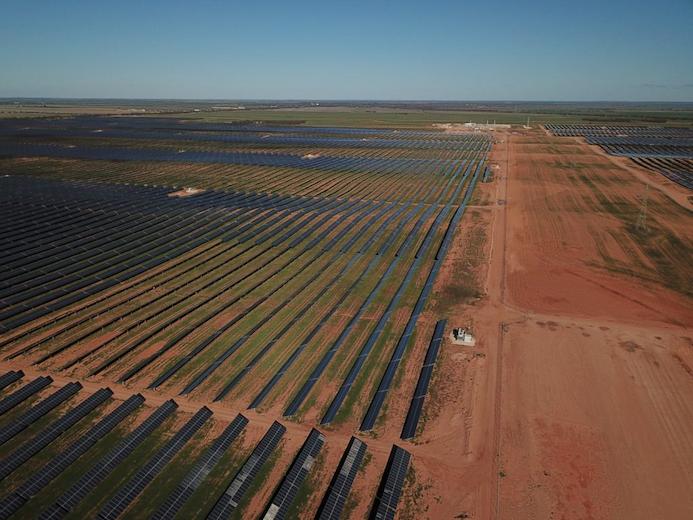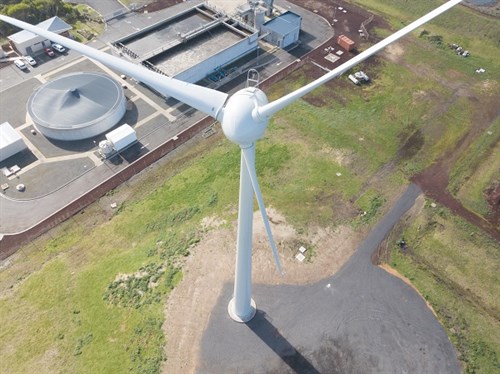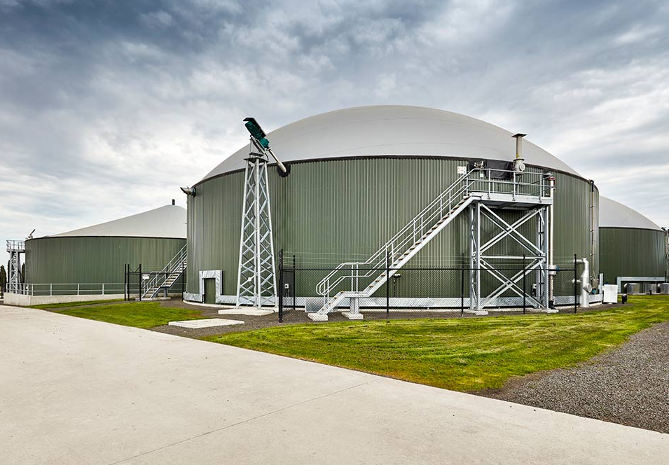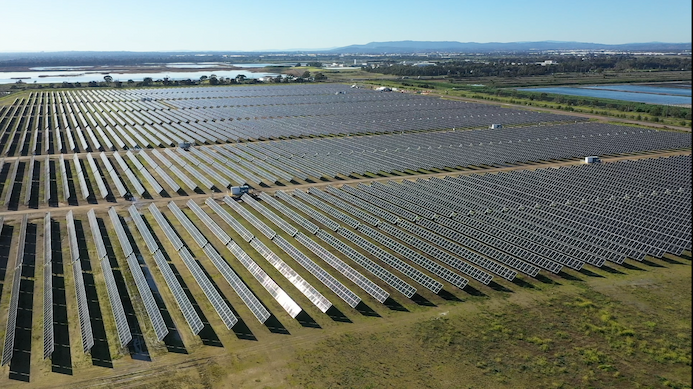On this page:
The Victorian water sector aims to achieve net-zero emissions by at least 2035. By acting now, the sector can tackle climate change and reach these ambitious targets.
The water sector is cutting emissions by:
- developing and using energy-efficient equipment
- capturing biogas and using biosolids to generate electricity
- generating hydroelectricity through water transfer systems
- investing in renewable energy generation
- purchasing renewable energy
- transitioning to a zero-emissions vehicle fleet
- generating or purchasing carbon offset credits.
Bulk-buying solar power in north-west Victoria
Thirteen water corporations are buying clean energy from a solar farm in north-west Victoria. The Zero Emissions water solar farm in Kiamal will generate 4 gigawatt hours of electricity each year. This innovative partnership is the first of its kind for Australia’s water sector.
By working together, the water corporations have secured energy at a cheaper rate. The expected savings from this deal will help:
- water corporations offset their rising energy costs
- keep customers' water bills down.
Wind-powered wastewater treatment in Portland
In 2019, Wannon Water harnessed Portland’s wind power potential by constructing a 800-kilowatt wind turbine at the wastewater treatment plant. Wannon Water became the first water corporation in Australia to own and operate a wind turbine of this size and scale.
The turbine has so far produced more than 6-gigawatt hours of renewable energy. This energy helps:
- power Portland’s water and sewage treatment facilities
- take pressure off customers’ water bills
- reduce more than 6,000 tonnes of emissions.
Using food waste to power wastewater treatment
Around 3% of Victoria’s emissions come from waste, landfills and wastewater management.
While 30% of Victorian landfill is food waste, Victoria has set a target to halve the volume of organic material going to landfills by 2030. Diverting and using food waste in productive ways can have a big impact on climate change.
Tackling the issues of landfill and wastewater emissions, Yarra Valley Water has constructed Victoria’s first waste-to-energy facility.
ReWaste operates the facility alongside the Wollert sewage treatment plant. It generates enough energy to power its own operations, as well as those of the sewage treatment plant. Excess energy is also exported to the electricity grid.
Every year, the plant can process up to 33,000 tonnes of commercial food waste, around 140 tonnes per day. The plant adds solid and liquid waste, such as fruits and oil, to a large, covered pond where natural bacteria break down the waste. It is then transformed into biogas and converted into renewable energy.
The plant shows that waste-to-energy technology eases the impacts of climate change and customers’ water bills.
Large scale, on-site solar-powered wastewater treatment
Melbourne Water’s Eastern Treatment Plant (ETP) is set to become one of the largest ‘behind-the-meter’ solar installations in Australia. Work has now begun on the construction of a 19-megawatt solar farm.
By mid-2023, the solar farm will help power the ETP which treats almost 40% of Melbourne’s sewerage. The solar farm will:
- house 39,000 solar panels, generating significant renewable electricity to help power the plant
- reduce Melbourne Water’s greenhouse gas emissions by more than 30,000 tonnes a year.
The project is helping Melbourne Water to halve its emissions by 2025 as they aim to reach net zero emissions by 2030.
You can learn more about this project at Melbourne Water’s Path to Net Zero.
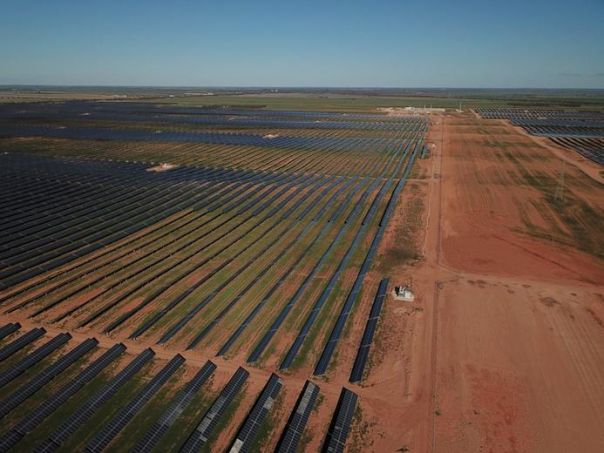
- Zero Emissions Water solar farm in Kiamal

- A large wind turbine next to a wastewater treatment plant pond

- Yarra Valley Water’s waste-to-energy plant
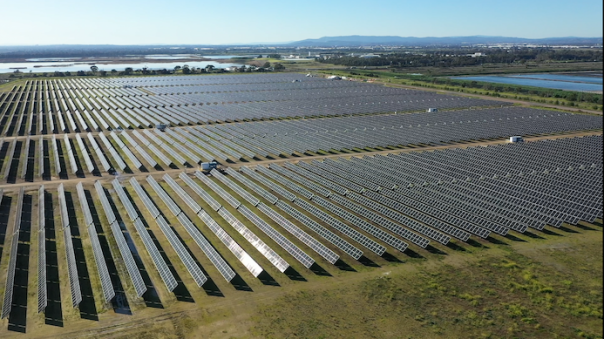
- Melbourne water’s solar farm at the Eastern Treatment Plant
Page last updated: 08/09/23

